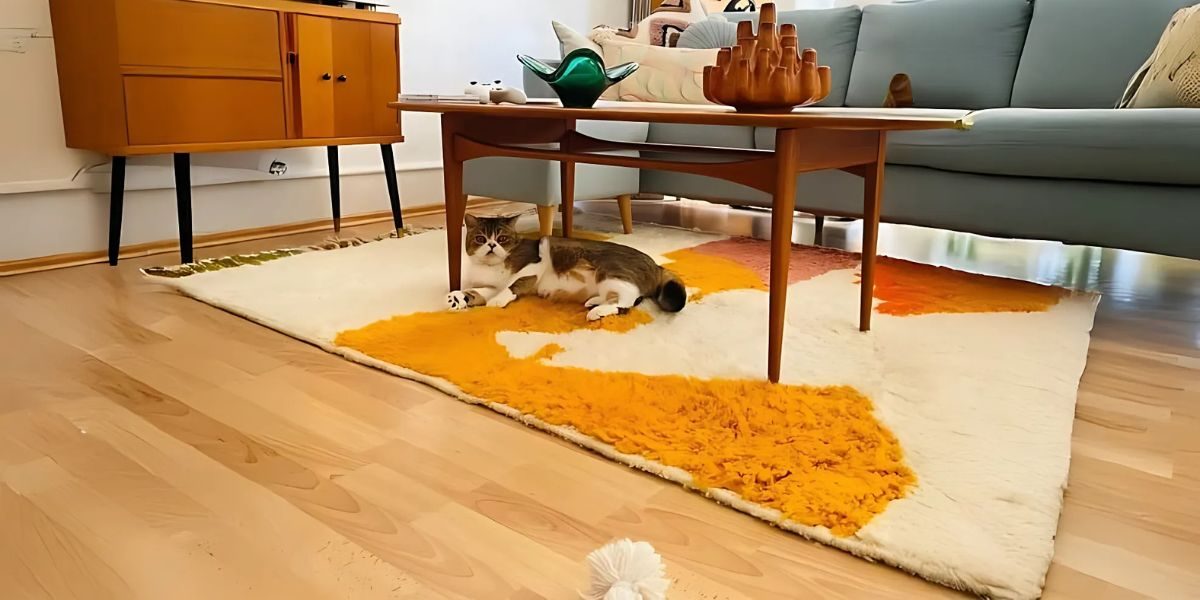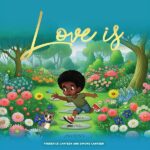Ancient Craft, Modern Values
In the highlands of Morocco, deep within the Atlas Mountains, a quiet revolution in design is unfolding, one knot at a time. Berber women continue a tradition passed down for millennia, weaving intricate rugs entirely by hand. These are not ordinary floor coverings. Each piece is a tapestry of family heritage, local symbolism, and tactile beauty, living stories told in wool.
Long before sustainability became a modern value, Moroccan artisans were practicing it intuitively. Wool is sourced from their own flocks, and the designs are rooted in generations of tribal storytelling. The craft dates as far back as 600 BC, and those same techniques remain unchanged. The wool is washed, carded, spun, and dyed with native plants like indigo, saffron, and pomegranate before being knotted into textiles containing tens of thousands of hand-tied knots.
Each rug is the result of weeks or even months of work, depending on its size and complexity. No two rugs are ever the same. In a world of mass production, these weavings offer something increasingly rare, a product of patience, personality, and unmistakable human touch.
Sustainable by Design
Moroccan rugs are naturally eco-conscious. Made from biodegradable sheep’s wool and sometimes cotton, the materials are both renewable and gentle on the environment. Organic dyes extracted from herbs and fruits produce rich, earthy tones that age beautifully. But their most sustainable quality is their durability.
A well-made Moroccan rug can last for generations. Unlike synthetic carpets that wear down and contribute to landfill waste, these pieces are built to be inherited. Many businesses now specialize in vintage rugs, some between 30 and 100 years old, not only for their aesthetic value but for the history preserved in every thread.
Fairness and ethics are at the heart of the production chain. In several cases, shepherds are paid up to four times the market rate to ensure humane wool farming and higher quality fleece. This investment supports both animal welfare and local economies.
There are no factories involved in their creation. The process remains community-based and entirely manual. One woman shears the sheep, another prepares the dye, another weaves. Each step is handled with intention, and each rug is a product of an entire village working in harmony. This is fair trade in its most authentic form.
Home with Soul
Today’s homeowners want more than stylish interiors. They want spaces that tell a story. Moroccan rugs are natural storytellers, woven with memory, culture, and emotional weight.
They are more than décor. A rug may be a grandmother’s medallion runner, a traveler’s find from the Marrakesh medina, or a gift passed across generations. Their visual appeal is only part of their value. What matters more is the emotion they evoke and the cultural connection they represent.
The motifs speak in a language of symbols. Diamonds represent fertility, zigzags suggest the movement of nomads, abstract lines reflect the weaver’s own aspirations. These elements are not arbitrary. They are learned over time, passed down from mother to daughter, and reflect the DNA of a culture embedded in wool.
A rug becomes more than an accessory. It becomes a bridge between past and present, an artwork that lives with its owner.
Designers have increasingly turned to Moroccan rugs as the anchor for modern spaces. From Scandinavian minimalism to eclectic bohemian rooms, these textiles introduce depth, texture, and soul. Their neutral bases and geometric flair make them remarkably versatile. A single rug can transform a sterile room into a warm, grounded space. In boutique hotels, creative studios, and city apartments, Moroccan rugs are quietly making a statement, not of opulence, but of intention.
Berberorugs: Guardians of Heritage
Among the brands working to preserve and promote this heritage is Berberorugs, a boutique company built on a mission of empowerment and authenticity. Founded by a young couple with roots in Morocco, the company collaborates directly with artisans, bypassing middlemen and market inflation to maintain the integrity of the craft.
Berberorugs operates with deep respect for its weavers. Every rug is handmade from start to finish using traditional tools and techniques. Many of their rugs are true vintage, decades old, restored but never altered, allowing their unique history to remain intact.
Their business model is about more than selling rugs. Each order includes small surprises, handwritten notes, or symbolic tokens from Morocco. These thoughtful gestures aim to strengthen the bond between buyer and maker. The rugs are not marketed as temporary décor, but as lifetime investments in artistry and legacy.
When someone purchases from Berberorugs, they are supporting a supply chain that prioritizes ethics, fair pay, and cultural preservation. Artisans earn dignified wages. Rural women sustain their ancestral skills. Local economies grow from global appreciation. Each transaction becomes a way to protect and uplift an entire ecosystem of craft.
Customers often share stories of how their rug became more than a purchase. It became a conversation piece, a memory holder, a family heirloom in the making. In an age when many objects are designed for quick turnover, these rugs encourage us to pause and appreciate the value of the handmade.
Beyond Decor
Choosing a Moroccan rug is more than a design choice. It is a value statement. It says that quality, heritage, and sustainability matter. In an age of disposable furnishings and fast design, these rugs stand out as examples of what happens when beauty and purpose align.
The imperfections in the weave, the gentle asymmetries and uneven lines, give the rugs life. They reflect the rhythm of human hands and the stories of the villages where they are made. These pieces carry soul.
As fast-paced consumer culture gives way to more mindful living, Moroccan rugs remind us of the value in slowing down. They teach us to treasure objects with meaning, to invest in pieces that reflect tradition and care.
Thanks to brands like Berberorugs, these rugs are not just preserved, they are reintroduced to the world as living art. They are not museum relics. They are companions in modern homes, each one a thread in the global fabric of heritage and continuity.
In this way, a Moroccan rug becomes something greater than flooring. It becomes a legacy in wool, a cultural artifact woven into daily life.
Published by Jeremy S.

















